Canada has a habit of building world-shaping brands without shouting about it. We nurture ideas in small studios, lakeside workshops, prairie factories and tech hubs that quietly hum through winter storms. Then these ideas slip past our borders, take a deep breath of global air and return with passports stamped in dozens of countries. The world often assumes these companies are American, European or “from somewhere big,” but the truth sits squarely north of the 49th: many global giants began as local Canadian experiments.
Lululemon

Lululemon began as a Vancouver passion project, stitched together from yoga culture, technical curiosity and West Coast confidence. It wasn’t designed to conquer the global athleisure market; it simply tried to make better gear for real movement. Little did anyone know those stretchy fabrics would spark a worldwide fashion shift. Today, you’ll find Lululemon in malls from Sydney to Madrid, shaping closets and whole lifestyles. The brand’s influence sits at the intersection of fitness, wellness and quiet luxury. Many still assume it’s American because of its scale, but its original heartbeat remains Vancouver-salty and ocean-breezy.
Shopify

Shopify started in Ottawa when a group of developers realized that selling online was unnecessarily complicated. Its founders didn’t set out to dominate e-commerce; they simply tried to fix a tool that frustrated them. What followed was a platform so intuitive and scalable that millions of stores across the world adopted it. Shopify now powers brands on every continent, from indie artisans to multibillion-dollar giants. Its growth turned Ottawa into an unexpected tech lighthouse. The global economy runs through Shopify’s digital rails, yet the platform’s personality remains unmistakably Canadian: clean design, practical thinking and empowerment over ego.
Cirque du Soleil
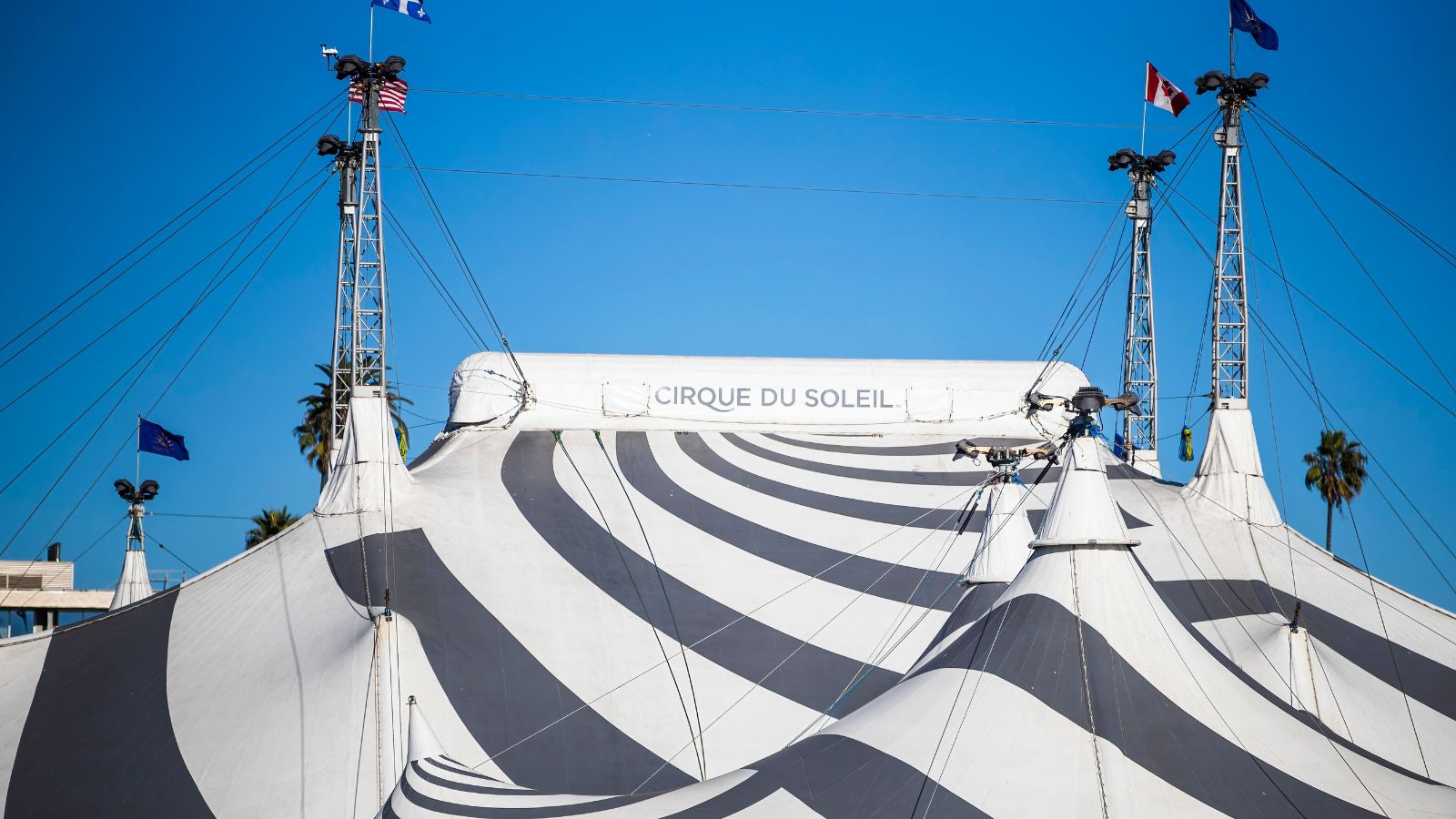
Cirque du Soleil sprouted from Quebec’s street-performing scene like some whimsical dream brought to life. Instead of traditional circus tropes, it fused dance, acrobatics, costume artistry and surreal emotion. The world had never seen anything like it. That spark grew into a global entertainment empire, with touring shows, permanent productions and creative partnerships everywhere from Las Vegas to Tokyo. People often mislabel it as European or American because of its international presence, but the company’s soul remains deeply Quebecois: imaginative, daring, and dripping with colour. It exports a distinctly Canadian sense of creative rebellion.
McCain Foods
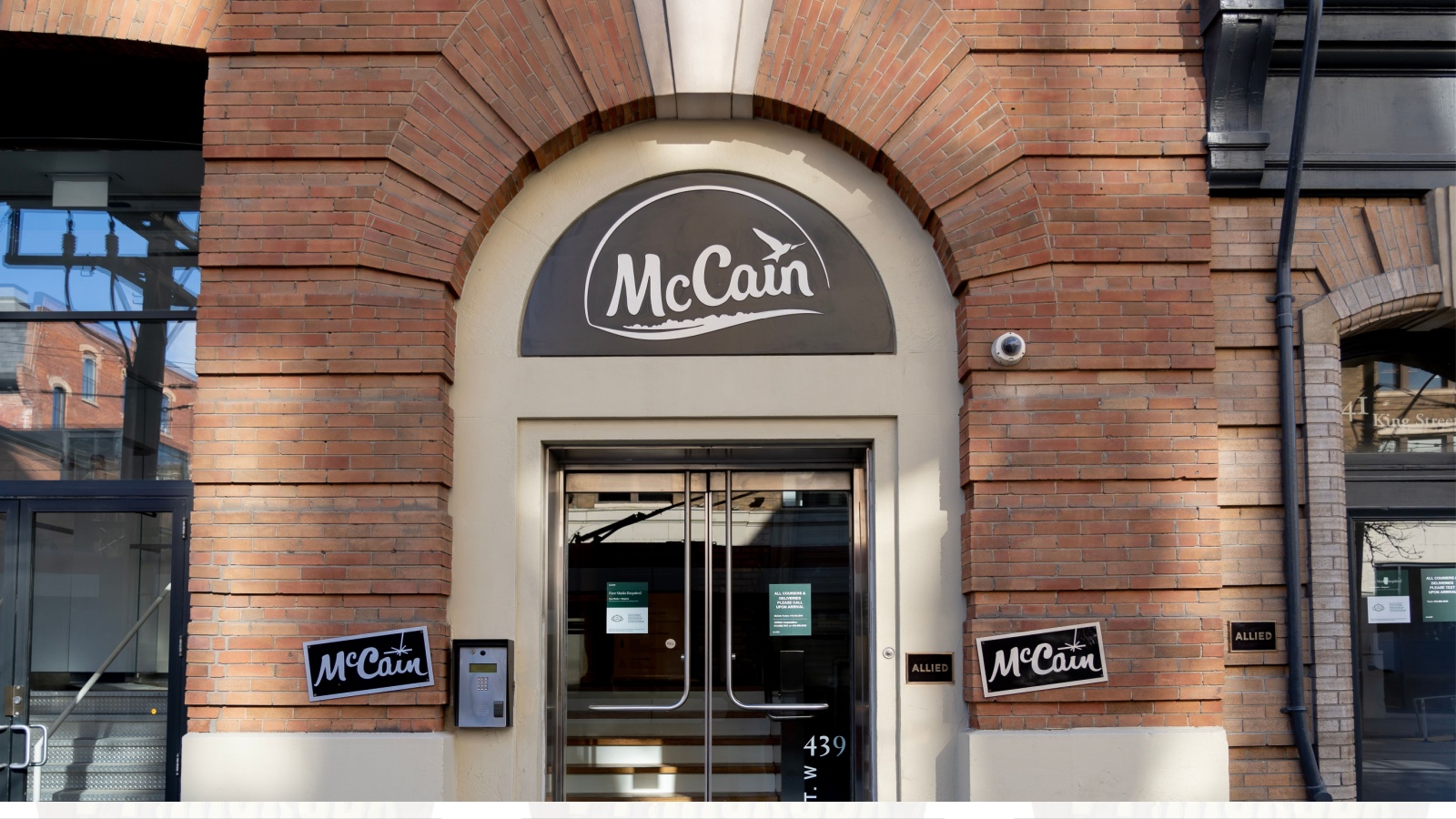
McCain Foods grew out of Florenceville, New Brunswick, a small town that earned the nickname “French fry capital of the world.” Few expected frozen potatoes to become a global story, but McCain’s mix of consistency, quality and operational genius took its products into more than 160 countries. It dominates the world’s frozen potato market to such an extent that diners unknowingly enjoy McCain fries every day. The company scaled through family vision and Maritime practicality, becoming a quiet but mighty force in modern food production. Its influence stretches far beyond grocery aisles, shaping menus and supply chains worldwide.
Tim Hortons
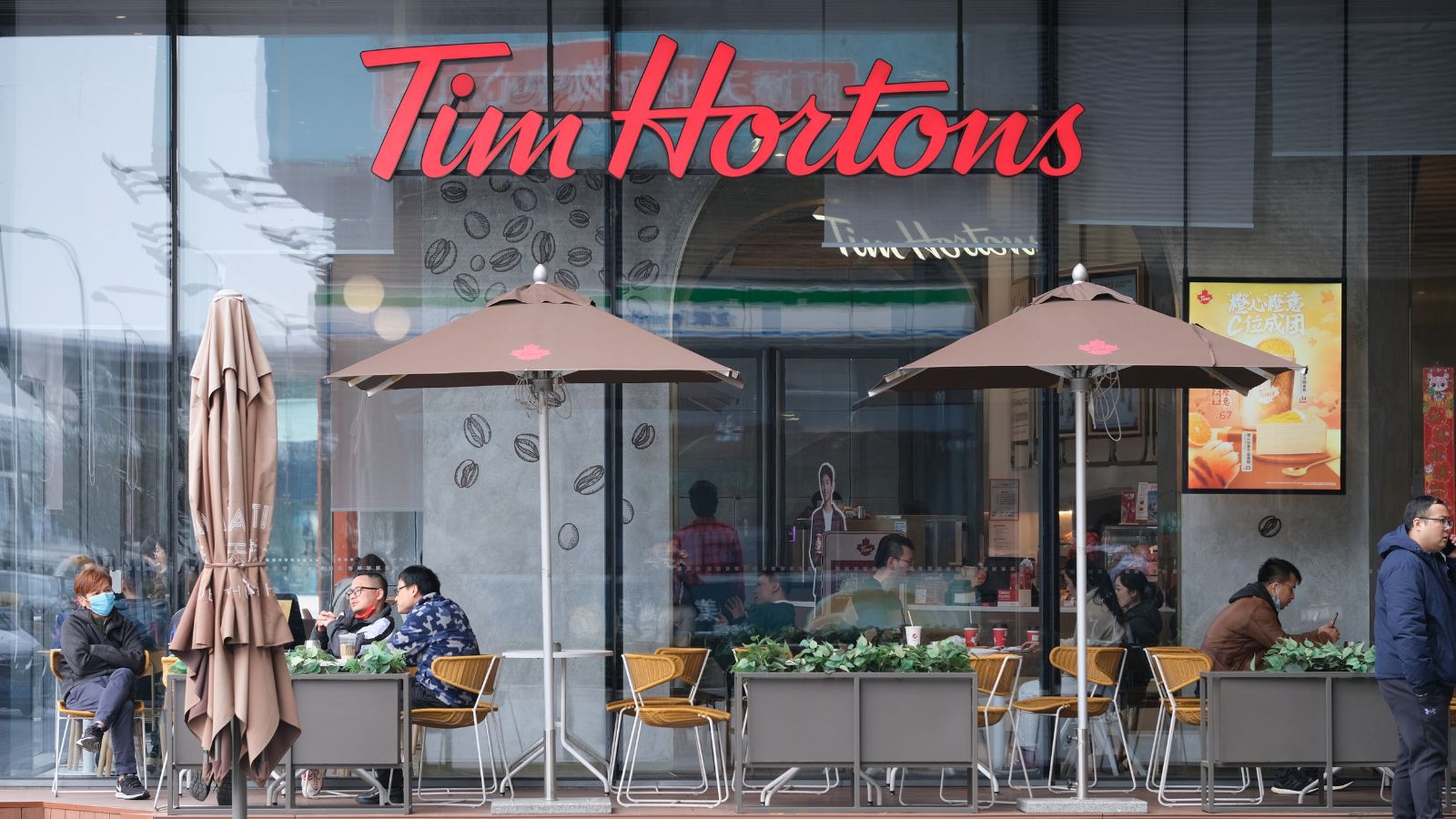
Tim Hortons is stitched into Canada’s cultural fabric, but fewer people realize how global it has become. Its restaurants in the Middle East, UK, U.S., India and Mexico introduce millions to double-doubles and honey crullers. Despite shifts in ownership, the brand’s heartbeat stays Canadian: reliable coffee, warm lighting, and the hum of community at every hour. International outposts often become soft landing pads for Canadians abroad and cultural curiosities for locals trying “Canadian café culture.” People abroad seldom realize that this huge brand began with a Hamilton hockey player and a simple mission to make good coffee accessible.
Aritzia

Aritzia, which began in Vancouver, now stands shoulder-to-shoulder with global luxury brands without surrendering its quiet aesthetic. Its formula blends structured silhouettes, elevated basics and polished comfort. Walk through New York’s SoHo or London’s shopping districts and you’ll see Aritzia’s minimalist storefronts drawing eager crowds. Many shoppers assume it’s an American fashion house because of its cultural reach, but every thread leads back to Canadian design sensibilities. Aritzia balances refinement with approachability, building a global following that trusts its textures, tailoring and mood. It’s proof that Canadian fashion—when done with intention—can feel effortlessly international.
Canada Goose
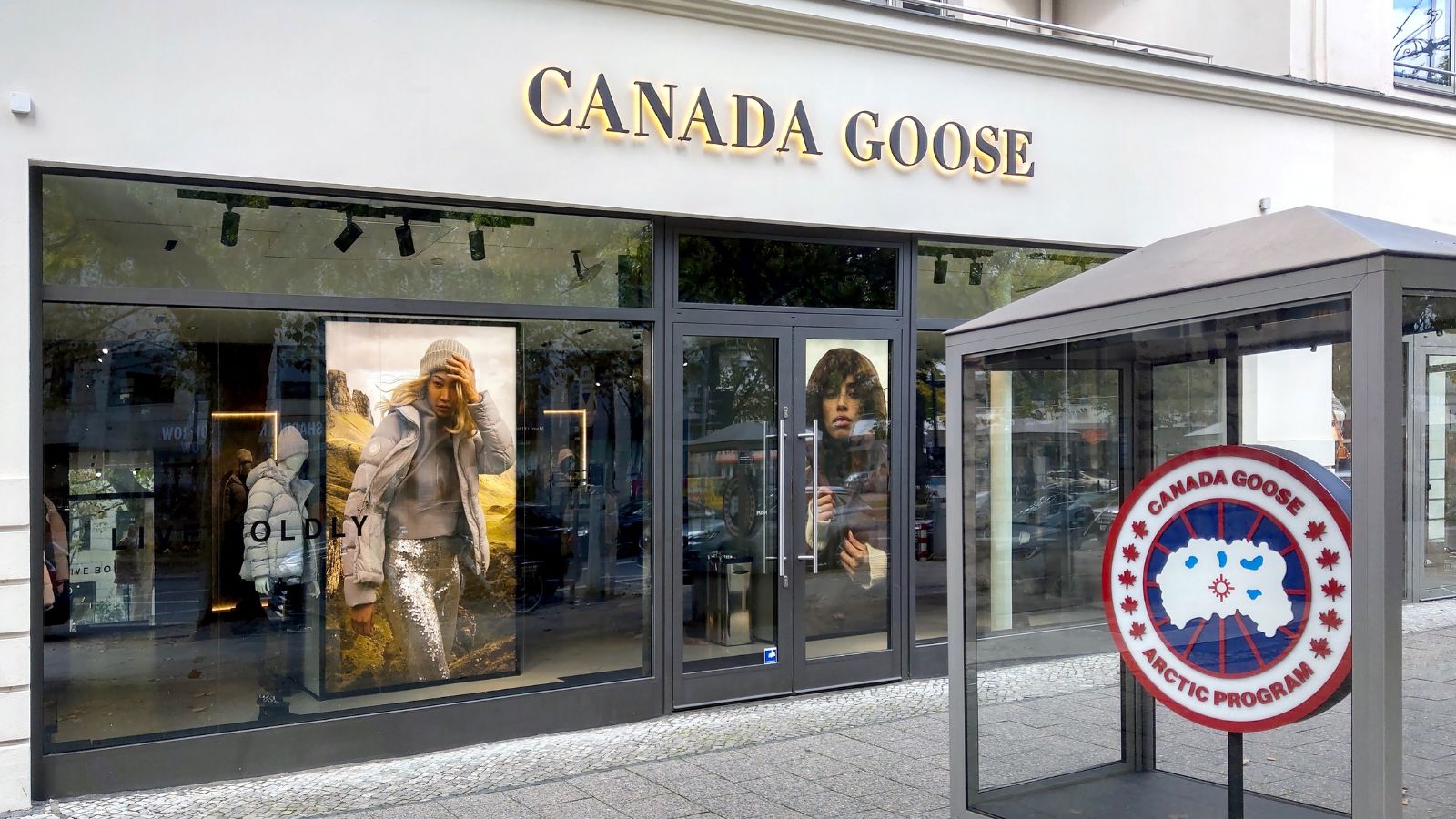
Canada Goose began as practical winter armour made for real cold, not runway glamour. Over decades, these Toronto-designed parkas transformed into global status pieces worn everywhere from Himalayan base camps to downtown Seoul. Celebrities helped boost its visibility, but craftsmanship kept its credibility. The world often assumes the brand must be Scandinavian or American due to its premium image and polar motif, yet its identity is rooted in Canadian winters and resilience. Canada Goose exports expertise in surviving the cold, wrapped in sleek engineering and unmistakable patches. It’s winterwear turned cultural statement.
Roots

Roots, with its iconic beaver logo and soft-as-cloud sweatpants, began in Toronto but carries the relaxed heartbeat of cottage country. The brand expanded internationally with stores in Asia, the Middle East and Europe, attracting people who crave comfort with a hint of adventure. Many international shoppers assume Roots is a local label because it blends seamlessly into regional aesthetics. But its true spirit reflects weekends by the lake, cozy fireplaces and Northern landscapes. From leather goods to athleisure, Roots embodies a uniquely Canadian style of warmth that resonates worldwide.
Bombardier

Bombardier began with snowmobiles and evolved into a global transportation powerhouse designing aircraft and rail systems. Even if a traveller doesn’t know the name, they’ve likely flown on a Bombardier-built jet or ridden a Bombardier-made train. The company’s reach spans continents, quietly powering mobility in major cities and business aviation hubs. While restructuring shifted parts of its empire, the legacy remains intact. Bombardier reflects Canada’s engineering spirit: ambitious, technically sharp and designed for both rugged terrain and modern infrastructure. Its innovations have shaped travel far beyond our borders.
BlackBerry

BlackBerry once ruled the world of mobile communication, becoming the go-to device for politicians, executives, and celebrities. It was born in Waterloo, where engineers crafted a messaging system so secure it became synonymous with professional life. While its hardware era eventually passed, BlackBerry transformed into a global cybersecurity and software company. Today, it protects cars, hospitals, and governments. People often forget its Canadian roots because the brand became universal. Yet its evolution reflects a classic Canadian trait: adapt, innovate and stay relevant, even if it means reinventing the entire business.
Bruce Power

Bruce Power doesn’t frequently appear in global headlines, but its influence ripples through energy grids and medical systems worldwide. The facility, located on Lake Huron, is one of the largest nuclear power stations on the planet. Its advanced safety frameworks inspire energy policy, and its medical isotope production supports cancer diagnostics internationally. This is quiet Canadian impact at its finest: large-scale innovation delivered without theatrics. Even if few beyond Canada recognize the name, the world benefits from Bruce Power’s steady output and meticulous engineering.
IMAX

IMAX reinvented the movie experience with towering screens, immersive sound and a viewing style that pulls audiences into the heart of a story. Born in Canada, IMAX technology spread to more than 80 countries, becoming the gold standard for cinematic spectacle. Many moviegoers assume the format is American because Hollywood embraced it so enthusiastically, but IMAX began as an Ontario innovation driven by curiosity and artistic ambition. It blends engineering with wonder, turning documentaries, space missions and blockbusters into awe-filled experiences that feel larger than imagination itself.
Hudson’s Bay Company
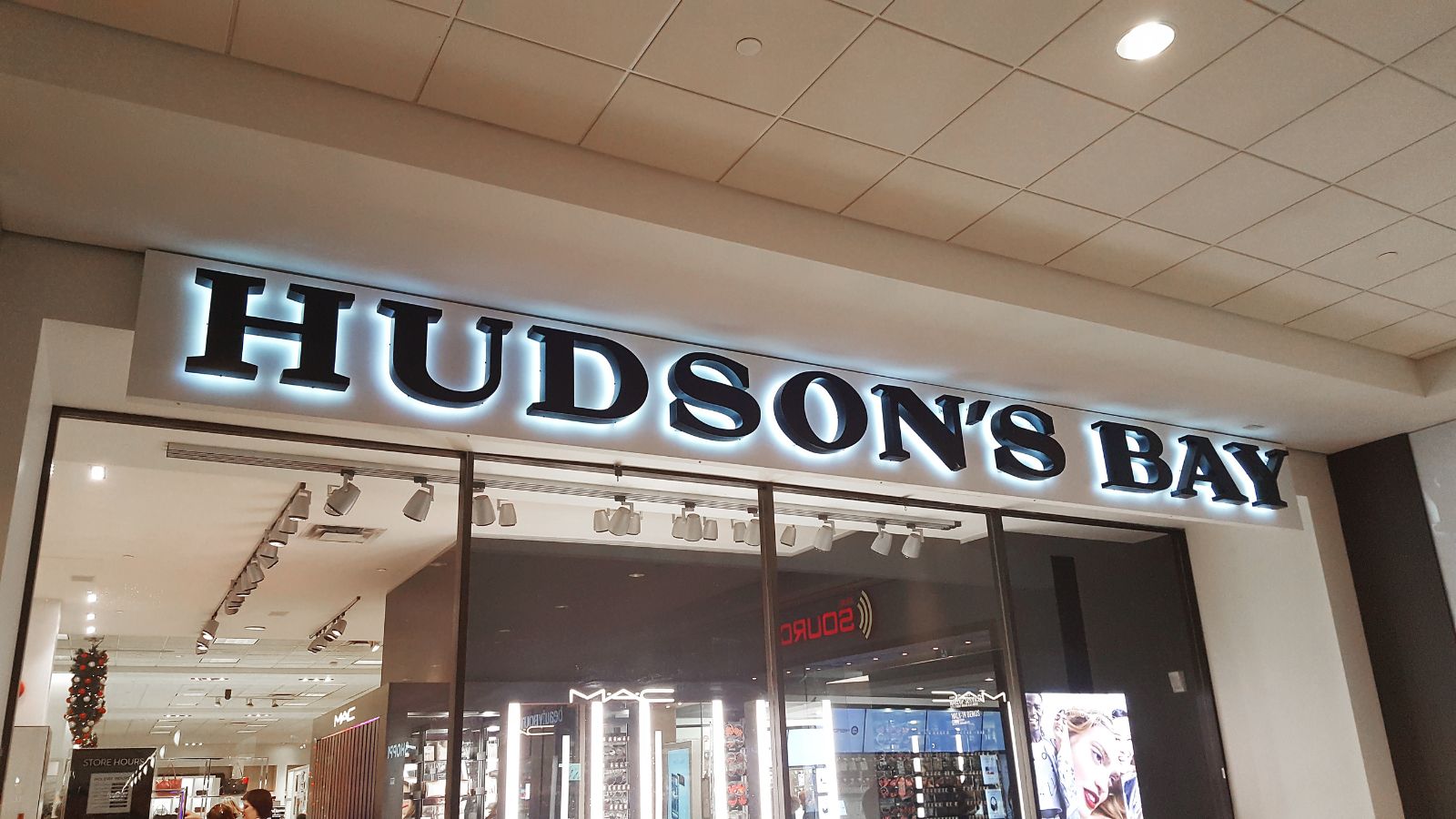
Hudson’s Bay Company stands as one of the oldest corporations in the world, shaping trade networks, exploration routes and economic patterns long before Canada became a nation. While modern HBC stores mostly operate in North America, the brand’s historic influence touched Europe, the Arctic and early global commerce. Its striped blankets remain iconic worldwide. People often mistake HBC for a purely American retailer due to its cross-border presence, but its origin story is inseparable from Canadian geography and history. The company symbolizes endurance, adaptation and centuries of cultural exchange.
Dollarama
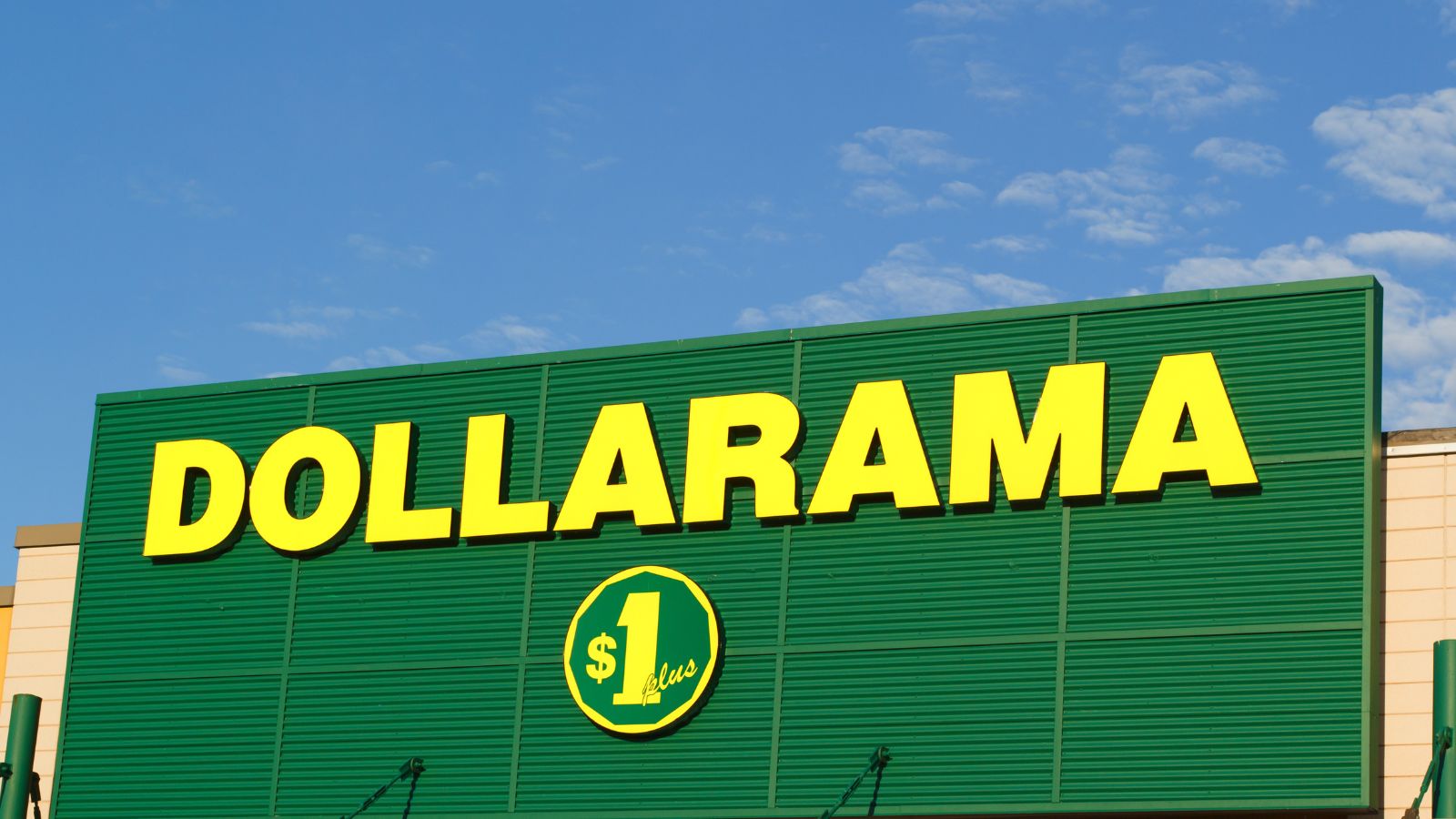
Dollarama began as a Montreal-based discount store and evolved into a retail giant whose operational strategies influence global markets. Its ability to deliver low-cost goods with surprising consistency caught international attention. Analysts, business schools and competitors study its logistics, sourcing and merchandising. Many customers assume it’s an American chain due to its scale, but its roots are entirely Canadian. Dollarama demonstrates that affordability, when executed with discipline and foresight, becomes a global language.
Club Monaco

Club Monaco emerged from Toronto with a clean, minimalist vision at a time when fashion leaned flashy. Its sophisticated basics and neutral palettes garnered a loyal following. After expanding globally, the brand attracted the attention of Ralph Lauren, who eventually purchased it and scaled its presence. Even through ownership changes, Club Monaco maintained a distinctly Canadian sensibility: subtle, refined and thoughtful. Its boutiques influenced global retail design with their airy layouts and understated palettes. Though often misidentified as European or American, the brand’s origin belongs firmly to Toronto’s design culture.
Joe Fresh

Joe Fresh began inside Canadian supermarkets, carving out a niche as stylish apparel that didn’t demand a high price tag. The simplicity of its mission—fashion made easy—allowed it to travel well, attracting attention in the U.S. and other international markets. Collaborations, runway moments, and brand partnerships helped elevate its profile. People abroad often mistake it for a mainstream American retailer, but its creative direction and early identity were entirely Canadian. Joe Fresh proves that accessible fashion, when done with clarity, can ripple across borders and consumer groups without losing its charm.
WestJet

WestJet grew from a Calgary start-up into a global airline known for cheerful service and smart pricing. Its founders believed air travel could feel humane, and that ethos carried the airline from regional routes to international skies. Travellers often mistake it for an American or European low-cost carrier because of its reach, but its personality is unmistakably Canadian. Humour, warmth, and a sense of community form the backbone of its brand. WestJet didn’t just scale flights; it scaled friendliness, exporting a uniquely Canadian approach to hospitality at 30,000 feet.
MEC (Mountain Equipment Company)

MEC was born from a group of Vancouver climbers who wanted high-quality outdoor gear and couldn’t find it. The co-op model became a movement, equipping generations of hikers, cyclists, and adventurers. MEC gear is now available worldwide, recognized for its durability and environmental responsibility. Its product philosophy mirrors Canada’s landscapes: rugged, diverse, and built for extremes. Even after shifts in structure, MEC’s reputation as a reliable outdoor companion remains solid. Many global adventurers don’t realize their favourite pack or jacket began in Canada, shaped by rainforests, mountains, and a culture that values exploration.
21 Products Canadians Should Stockpile Before Tariffs Hit

If trade tensions escalate between Canada and the U.S., everyday essentials can suddenly disappear or skyrocket in price. Products like pantry basics and tech must-haves that depend on are deeply tied to cross-border supply chains and are likely to face various kinds of disruptions
21 Products Canadians Should Stockpile Before Tariffs Hit
